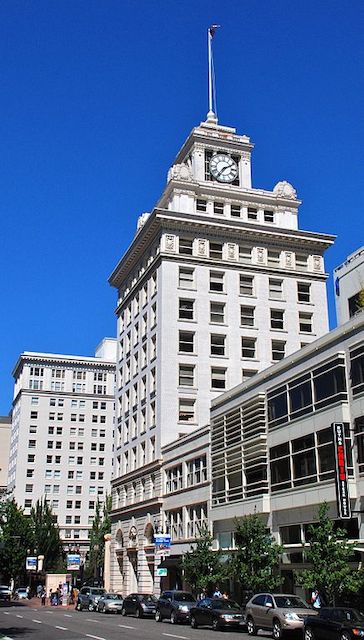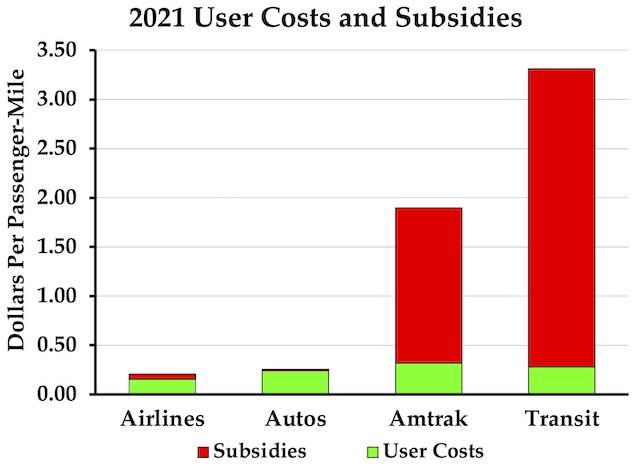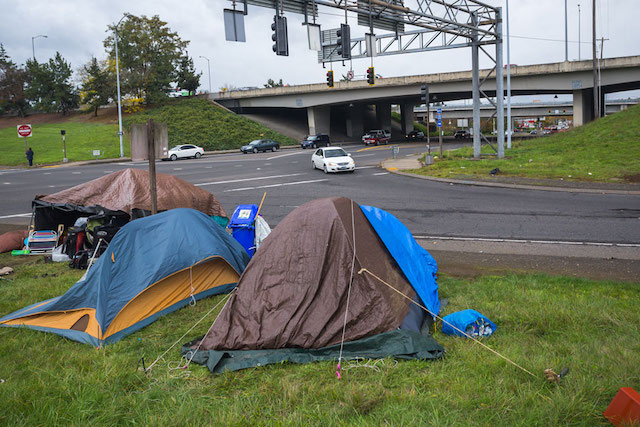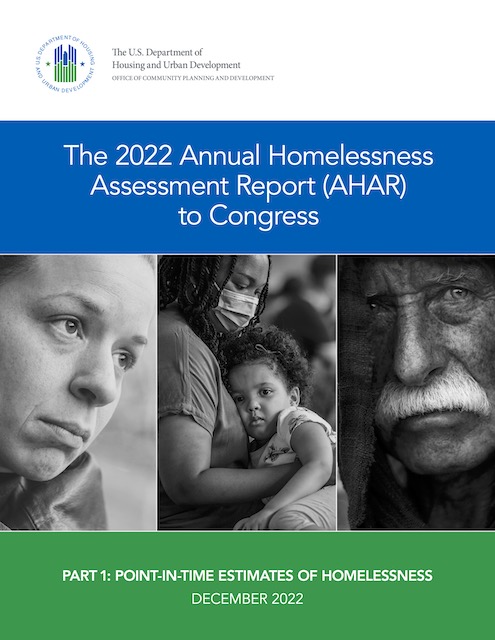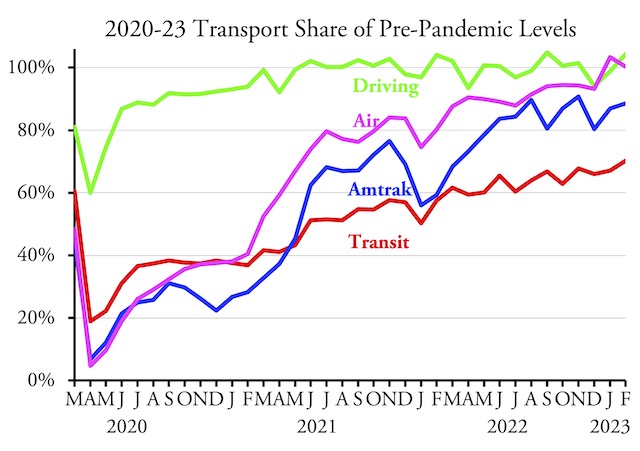The city of Portland announced yesterday that it received a $2 million federal grant to get it to ban gasoline (and, presumably, Diesel) delivery vehicles in a sixteen-block area of downtown Portland. That means all supplies to offices in that area will have to be transferred from petroleum-powered vehicles to electric vehicles before they enter the zone, thus driving up costs.
Here’s the cheery view greeting coffee drinkers looking for the Starbucks in the downtown Portland area that will be ruled off limits to gasoline-powered delivery vehicles. Source: Google Street View.
The good news is that three of those 16 blocks are city parks and eight are government buildings, so only five blocks of private office buildings will be affected (not that anyone should cheer about a policy that makes government cost even more than it already does). In addition to offices, I count at least four restaurants and coffee shops plus a beauty salon that will be annoyed by the new rules. At least one other restaurant has already “permanently closed,” probably due to recent rioting, and this new rule may be all that is needed to push some of the others out as well. It’s also worth noting that there are plenty of parking garages in the area, so none of the bureaucrats who are making these rules will have to have their lives disturbed by them. Continue reading

